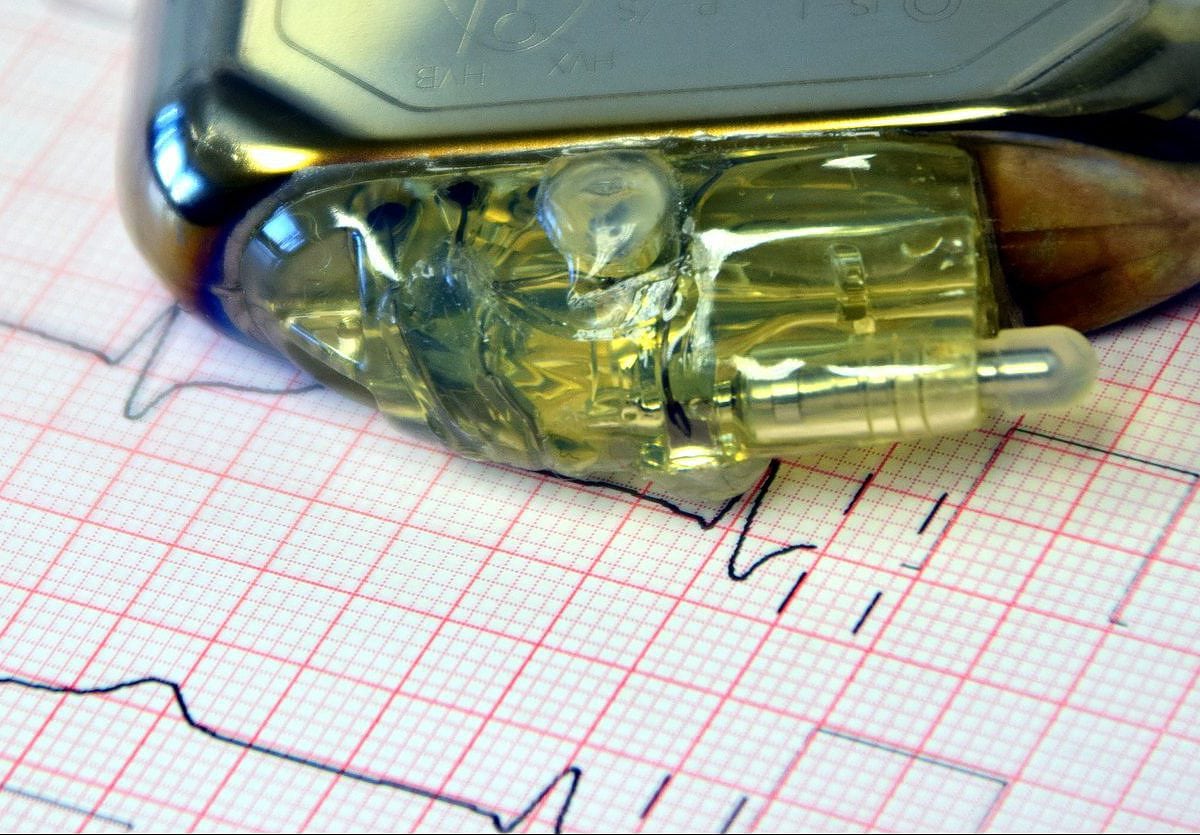Kris Kumar, DO; Firas E. Zahr, MD, FACC; Harsh Golwala, MD
Expert Analysis (from the ACC) Quick Takes:
- Decreasing the degree that the transcatheter heart valve (THV) is within the left ventricular outflow tract (LVOT) can help diminish forces on the conduction apparatus and atrioventricular node, leading to lower rates of conduction abnormalities and permanent pacemaker (PPM) implantation.
- Understanding the anatomical considerations as well as the angiographic projections necessary to achieve a reduction in parallax and valve deployment aligned with the radiolucent line in the right anterior oblique-caudal (RAO/CAU) projection (specifically in balloon-expandable valves) can lead to lower rates of conduction abnormalities and PPM implantation.
Read full expert analysis: https://www.acc.org/latest-in-cardiology/articles/2021/04/30/13/47/techniques-to-decrease-ppm-implantation-rates-post-tavr
References:
1 – Pisaniello AD, Makki HBE, Jahangeer S, Daniels MJ, Hasan R, Fraser DGW. Low Rates of Permanent Pacing Are Observed Following Self-Expanding Transcatheter Aortic Valve Replacement Using an Annular Plane Projection for Deployment. Circ Cardiovasc Interv 2021;14:e009258.
2 – Sammour Y, Banerjee K, Kumar A, et al. Systematic Approach to High Implantation of SAPIEN-3 Valve Achieves a Lower Rate of Conduction Abnormalities Including Pacemaker Implantation. Circ Cardiovasc Interv 2021;14:e009407.

